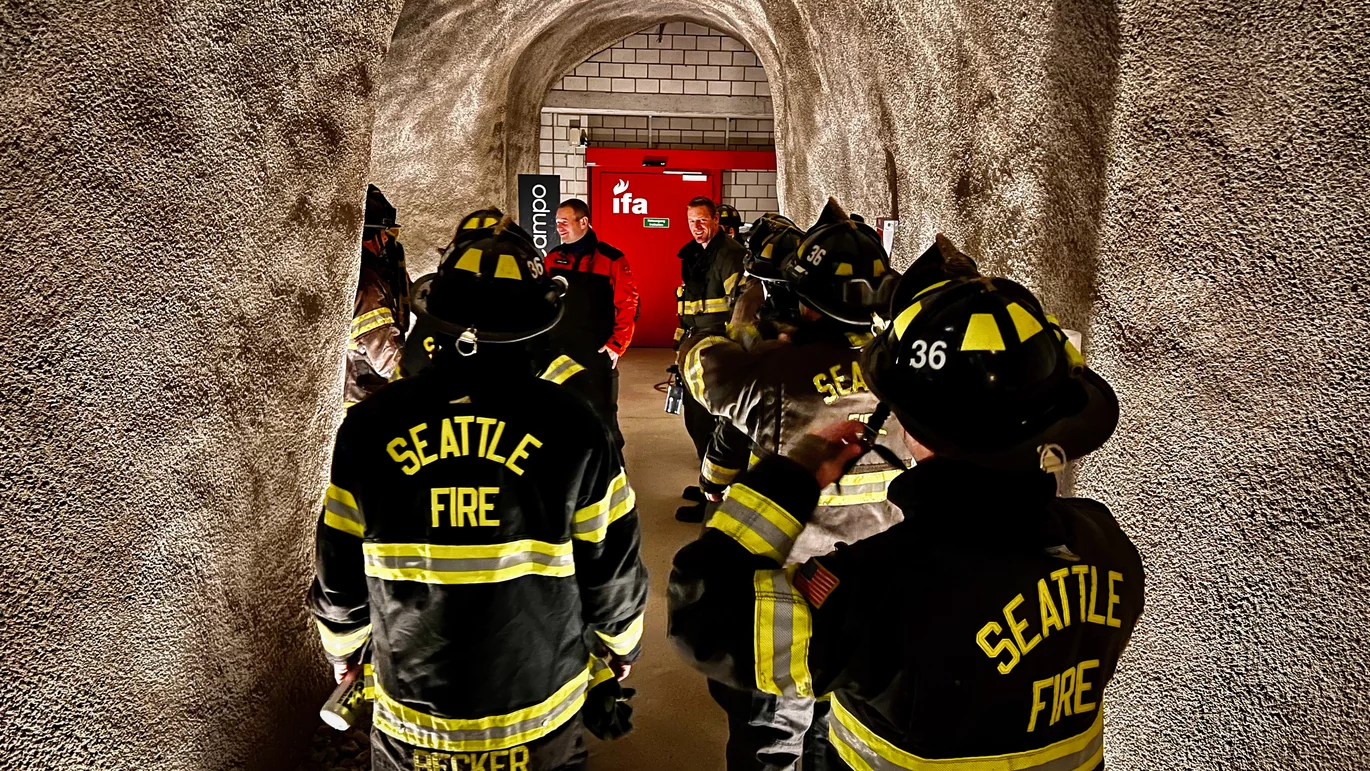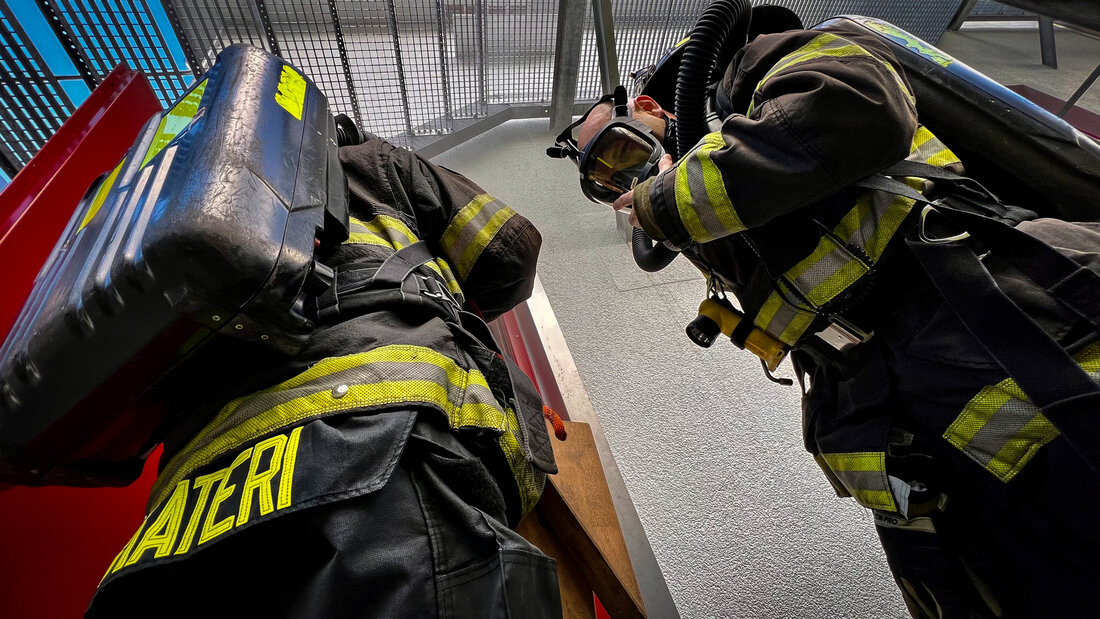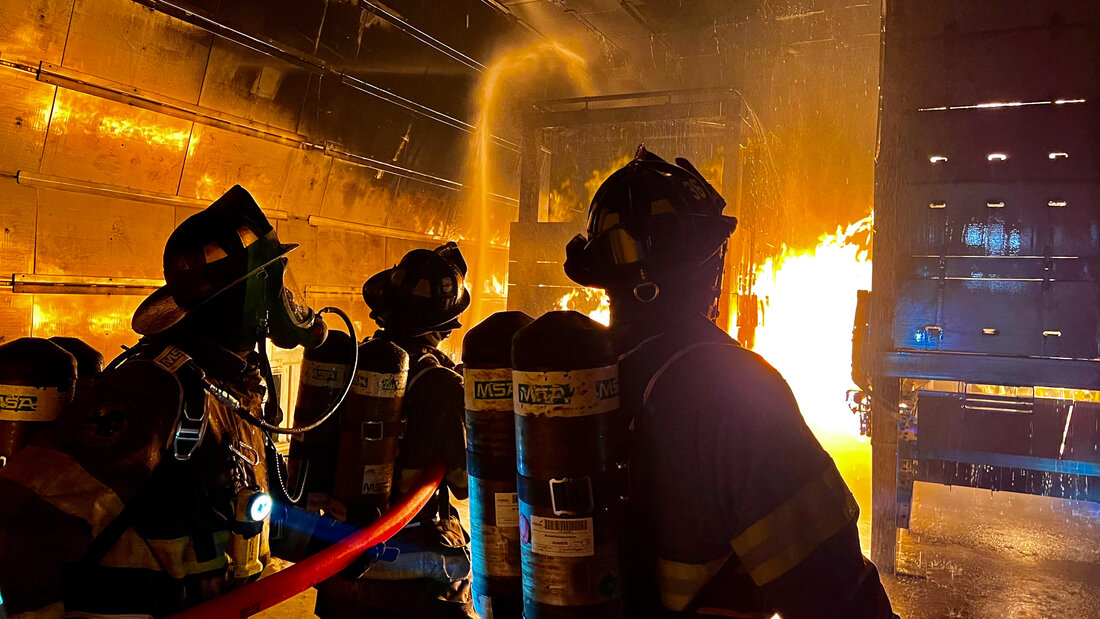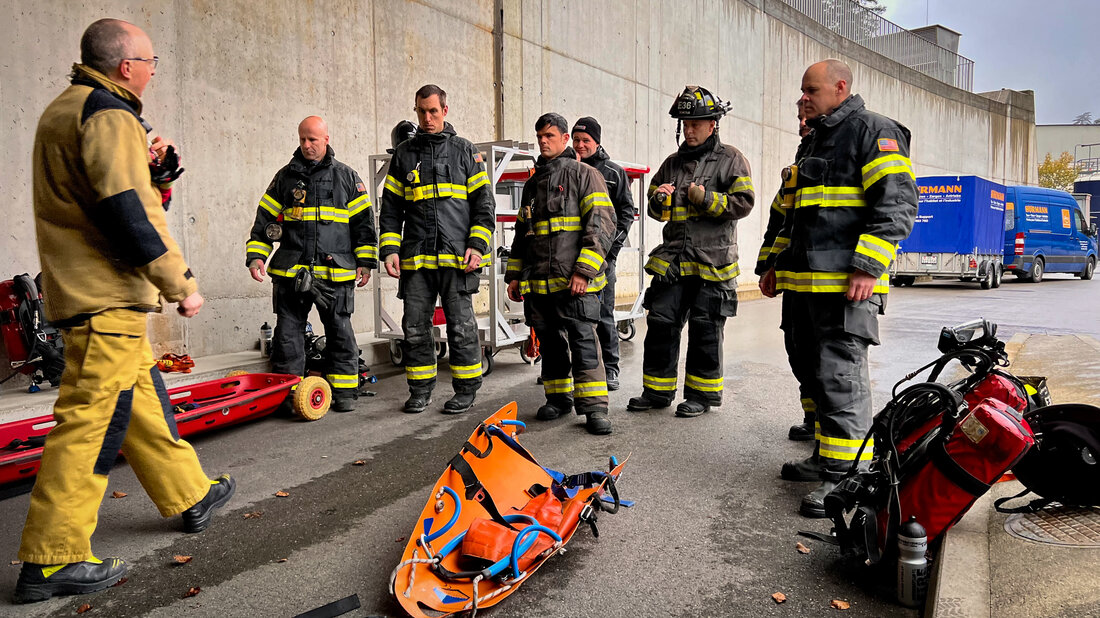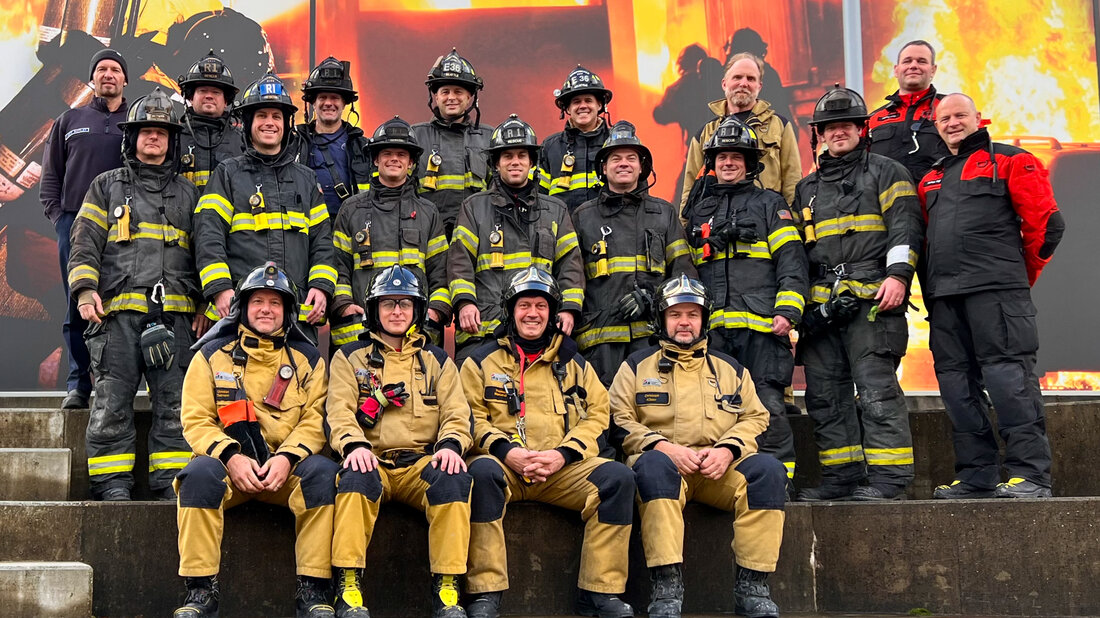The Seattle Fire Department is currently creating its own tunnel operations procedure to address a variety of road, rail and metro tunnels and the challenges they present to responders. Operational planners had already informed themselves at the International Fire Academy in 2016. At the end of 2022, 14 North American fire service colleagues came to Balsthal to gain practical experience with our operational procedures and get ideas for their further development work. In the process, the Swiss instructors learned about some of the differences between American and European fire services.
Units «Engine 36» and «Rescue 1»
With 713 000 inhabitants, Seattle is the largest city in the northwest of the USA. Its fire department has over 1 000 members at 39 locations. The 14 course participants come from fire stations 14 and 36, where «Rescue 1» and «Engine 36» are stationed. For one week, they tested tactics and techniques of the Swiss Tunnel Firefighting Procedure as well as equipment commonly used in Europe at the training facilities in Balsthal and Lungern under realistic operational conditions.
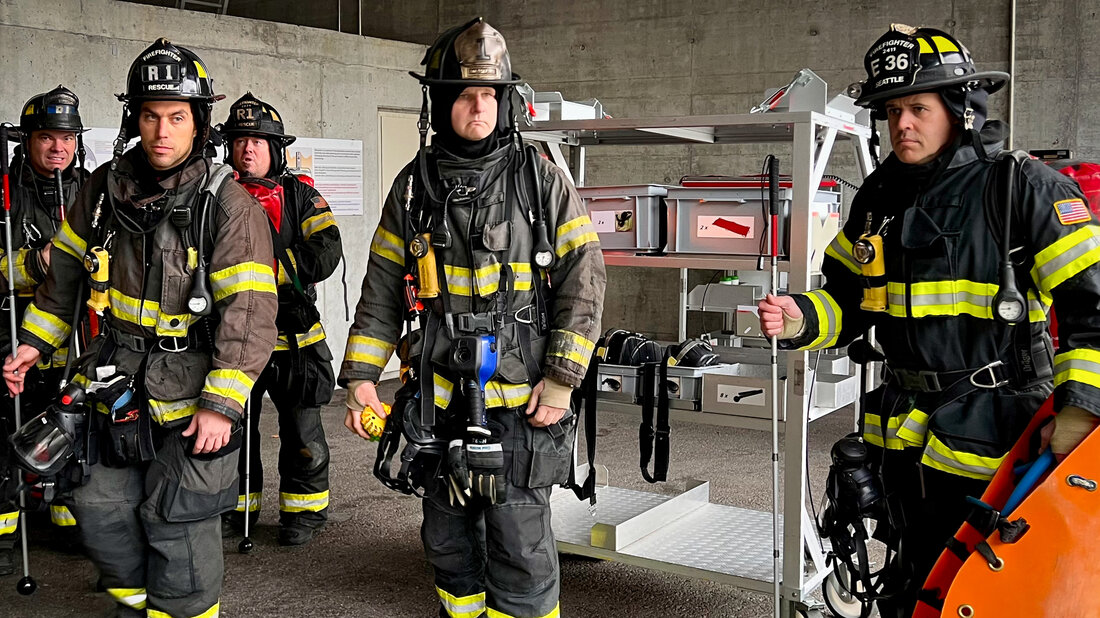
Easy-going and discipline
When asked what was special about this course, chief instructor Thomas Luder sums it up: The open-mindedness of the American colleagues. They did not stick to their doctrine but tried out what they were shown. And if they weren't convinced right away, they said, «Give me two or three reasons why I should do it this way.» The instructors of the International Fire Academy found the «combination of a typically American relaxed manner with a high level of discipline» to be very positive, says Thomas Luder. For instance, some orders were answered with a «Yes, sir!» which sounds highly unfamiliar to the ears of Swiss instructors.
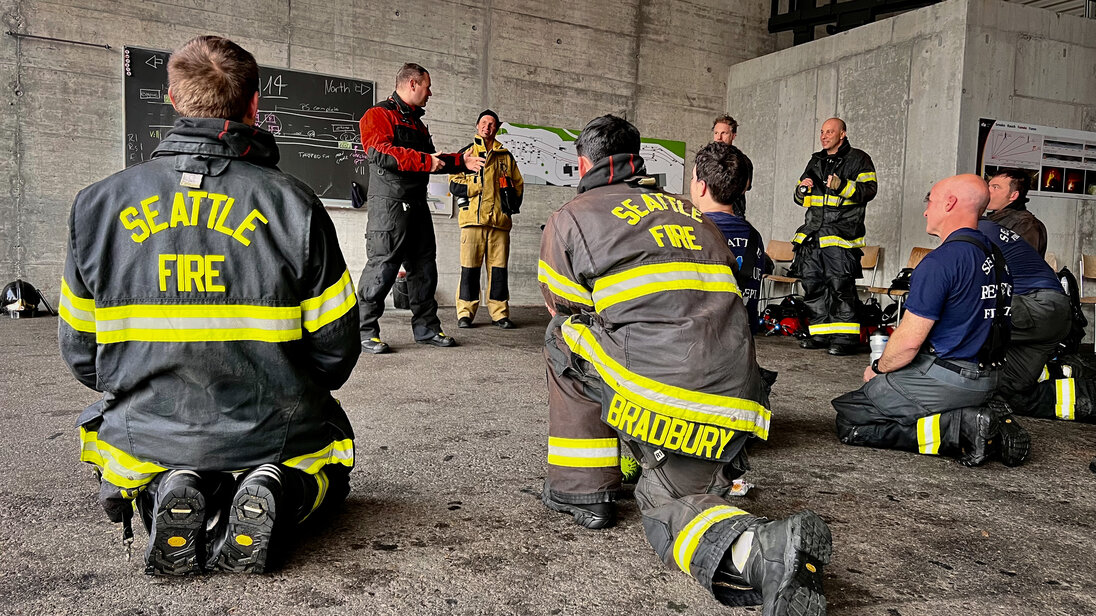
Give everything a try
The wish of the guests from Seattle was to «give everything you do a try». It became apparent that the procedures of American fire services, despite all the similarities with the procedures common in Europe, are, in part, very different.
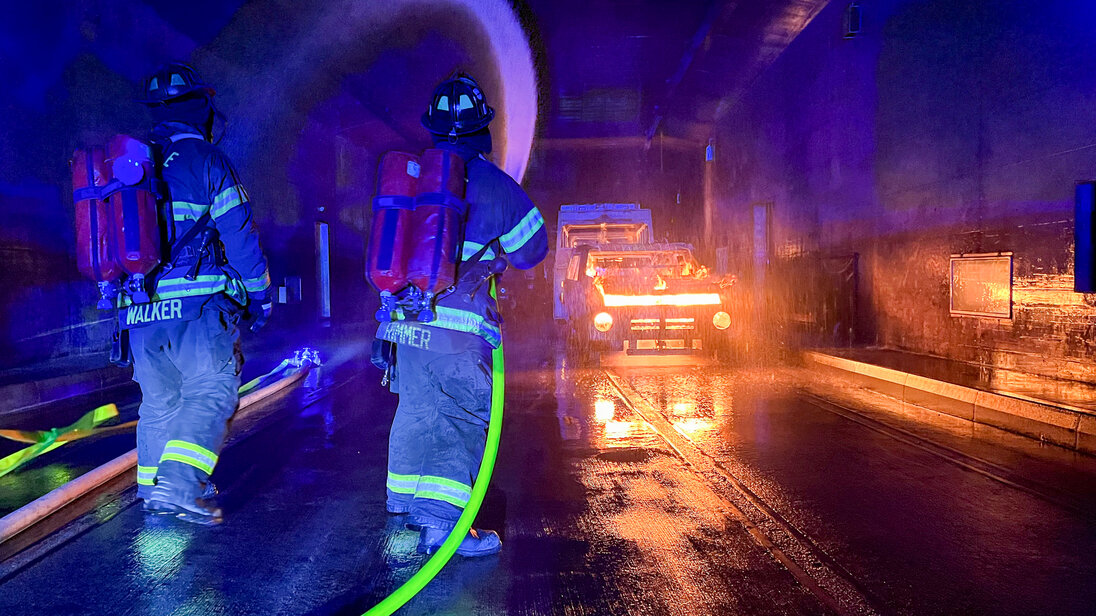
Considerable differences in tactics
The tactical principle of «extinguish in order to rescue», which is now generally accepted in Europe, provided much material for discussion because it cannot be transferred 1:1 to the approach common in North America. In the States, it is: The firefighting unit fights the fire and does not rescue. The rescue unit rescues and does not fight the fire. In Europe, on the other hand, it is common for each unit to be assigned to both firefighting and search & rescue, depending on the situation. Now, the colleagues from Seattle are working on combining the basic idea of «extinguish in order to rescue» with their standard procedures.
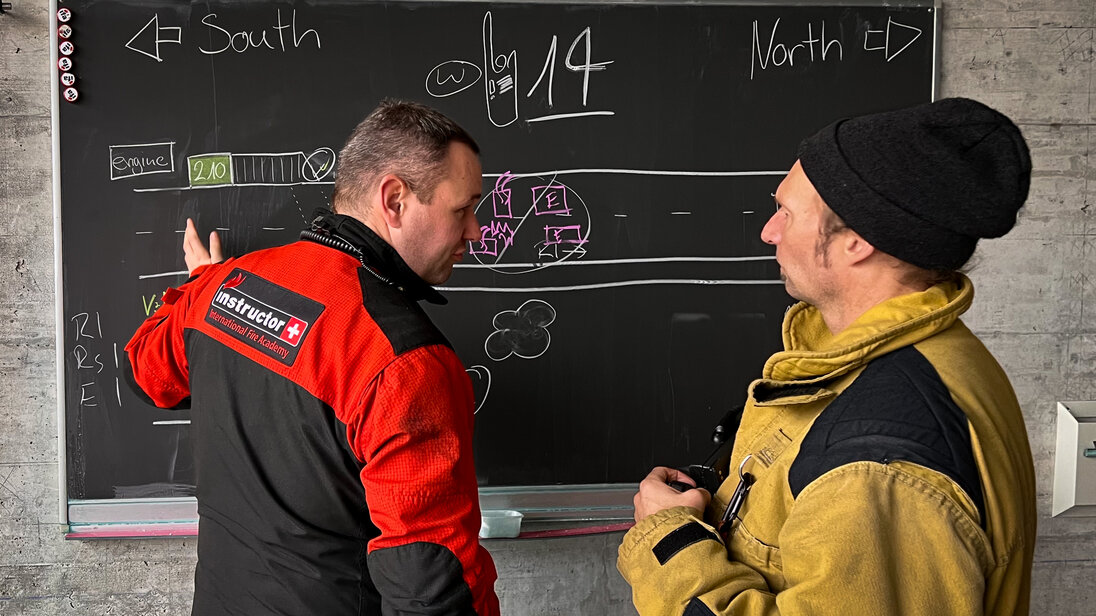
No usage of twin packs in the USA
One of the most notable experiences of the American colleagues is probably working with double-cylinder breathing apparatus (BA). Because in the USA these twin packs are uncommon; the American colleagues could not explain the reason for this. The Seattle Fire Department uses rebreathers for tunnel operations, with which our guests conducted operational drills in Balsthal and Lungern. However, they were also able to work with double-cylinder BAs. They are now convinced that, despite their heavy weight, double-cylinder BAs are less stressful during fire operations than the rebreathers, whose recycled breathing air heats up.


